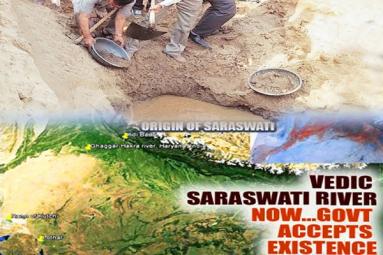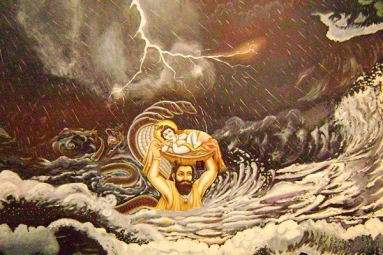
Badrinath ,one of the important dham in four dham’s is a journey to salvation and devotion the holiest of all the Himalayan ranges, the sky-scraping Garhwal is the home of Lord Badri Vishal (also known as Lord Vishnu). This Badrinath Dham is considered as the boon for all who come here in search of complete peace of mind.
Badri nath dham dham Yatra has equal high spiritual values as this holy place is dedicated to Lord Vishnu who is considered as the operator of the whole world according to Hindu scripture. This physical world is been considered as the varied manifestation of Lord Vishnu and all the sorrow and happiness of world is nothing but just the melody of his flute so without getting the kind mercy of Lord Vishnu one cannot break the painful cycle of life and death.
There is a myth concerning the Badrinath dham that when great king Bhagirath worshipped for a long time to compel Ganga to come down to earth help humanity, the earth was unable to endure the force of its fall. Therefore the goddess Ganaga was divided into twelve divine channels. Alaknanda was one of them that became the abode of Lord Badrinath.
Badrinath dham is situated in Nar-Narayan parvat and Alaknanda River flowing nearby.
The tample of Lord Vishnu is called Badri Vishal and Badrinarayan Mandir as these are the different names of Lord Vishnu. The suitable time to visit this beautiful temple is May to October as the kapa ( gate) of temple remain opened from starting of May to the second week of November. Badrinath Temple Nestled between the twin mountains of “Nar” and “Narayan”, located at a height of around 10,250 feet above sea level and these beautiful landscape is really out of this world .
The holy Badrinath pilgrimage is visited by a large number of devotees every year. It is mentioned in all the ancient Hindu scripture about this sacred place that there may be many blessed pilgrimages in this earth for the sake of humanity but none of them are equal to Badrinath, nor shall there be.
Badrinath was established by Adi Shankarachrya in ninth century as a major temple.. The Badrinath temple can also be described as the main attraction of the town. According to Mythology Adi Guru Shankarachrya found in Alaknanda river a black stone image of Lord Badrinarayan. The stone was made of Saligram stone. He enshrined the stone image in a cave that was located near the Tapt Kund (hot springs).
Badrinath temple is about 50feet tall with a small cupola on top. The roof of the temple is made up of gold gilt. The front wall is made up of stone and has arched windows. There is a broad staircase, which guides you to a tall domed entrance. This gateway is the main entry gate. With elaborate carvings on the walls and pillars, the ambiance in the temple is attractive.
The temple has been renovated several times due to damages by avalanches. After numerous modifications and altercations in designs The temple has got this fairly modern look. It s intricate beauty is increased by the colorful “Singh Dwara” or the main entrance gate. It has three parts- Garbha Griha (the sanctum sanctorum), Darshan Mandap (for pujas) and Shobha Mandap (for devotees to assemble).
The Badrinath temple is made up in the style of Dravida Desam. The Vimana and the Gopurams are the typical characteristics of the Southern style. The Vimana is a tall pyramidal tower consisting of several more and more smaller storeys. This stands on a square base. There are 15 black stone idols in the temple complex. The main idol represents Vishnu or Badri Vishal in a meditative pose . It is told about idol that Legend dates it prior to the Vedic age though it is believed to have been re-established by Adi Shankaracharya, an important Hindu saint in 8th century A.D. Some of the other images include Laxmi (Vishnu’s consort), Garud (Vishnu’s mount), Shiva & Parvati and Ganesha.
This well-regarded shrine is still animated with myriad legends from myths. Kings of Garhwal expanded out the temple area by 17th century. In the great 1803 Himalayan earthquake, the temple got damaged badly. But later on king of Jaipur rebuilt it and recreate its eternal beauty.
source : pilgrimageindia








